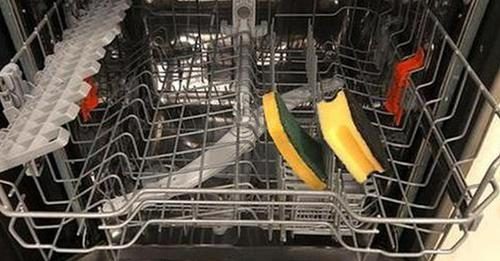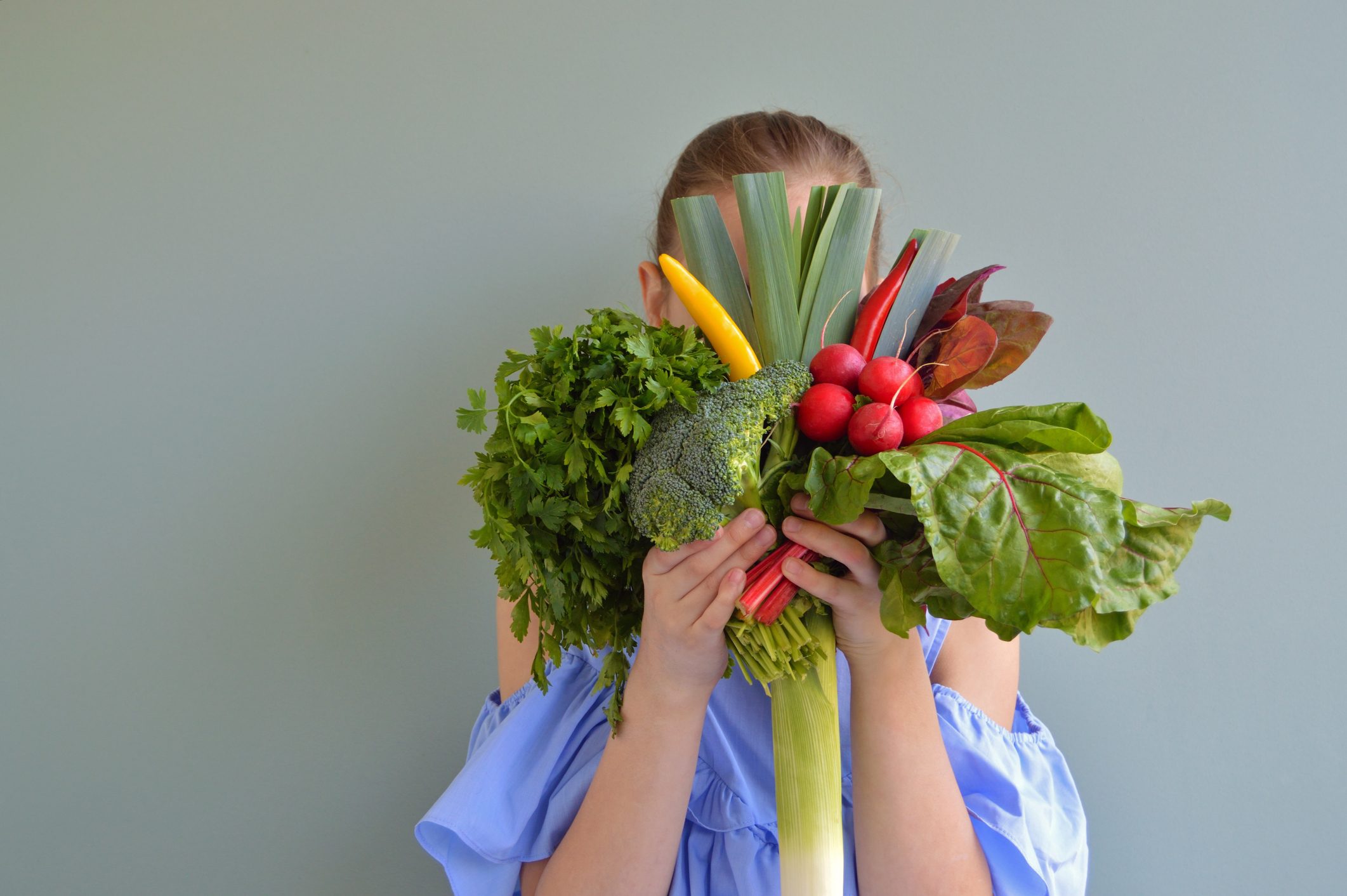6 Things You Didn’t Know About How to Get the Best Nutrition From Chicken Breasts
A 3.5 ounce portion of white meat, skinless chicken typically has around 150 calories, 1 to 1.5 grams of fat, and no carbs. This makes it a popular choice for dieters on a variety of plans, but how does preparation and cooking affect the nutrition content of the chicken?
;)
Lean chicken is a staple of a healthy diet, but not all cuts, preparation and cooking methods are equal.
Chicken is a nutritious option in its natural state, full of protein, phosphorus, vitamin B6, niacin, and selenium, and it’s also low in sodium.
A 3.5 ounce portion of white meat, skinless chicken typically has around 150 calories, 1 to 1.5 grams of fat, and no carbs. This makes it a popular choice for dieters on a variety of plans, but how does preparation and cooking affect the nutrition content of the chicken?
1. The Chicken’s Diet Can Affect the Nutritional Value of the Meat

Most of us will assume that broiled, baked or grilled chicken is healthier, but however you like cook your chicken, the nutritional value remains fairly consistent.
What can make a difference is the nutritional content of the food that chickens eat, which is something most of us never give a thought to. To see a big change, you have to look for dramatic differences in feed quality, which isn’t much of a problem in places like the U.S and Europe, which have strict feed regulations.
2. Different Parts of the Chicken Have Different Nutritional Values

There is a difference between white and dark meat in chicken, with chicken thighs and breasts being comparable in fat and calories for an ounce of skinless meat, but drumsticks are a bit higher in both calories and fat. Wings contain more calories than any other part of the chicken – 210 and 11g of saturated fat for each wing!
3. How You Prepare Your Chicken Affects the Nutritional Value

You can end up adding unwanted calories, sugar and fat to your chicken breast, depending on how you prepare it for cooking.
Although a piece of skinless fried chicken has much the same calorific value as grilled or baked chicken, it’s the breading it in white flour and frying it in oil with saturated fats that add the calories and fat.
Cooking chicken with the skin on adds no nutritional value, but it does add fat and calories. Marinading chicken in soy or other sauces can add sugar and salt that can increase calories and affect blood pressure. If you are using rubs and sauces for your chicken, read the ingredients and nutritional information lists on the packaging.
If you want to eat breaded chicken, you could choose to bread it with whole grain substitutes for white breadcrumbs, or you could coat it in different kinds of nuts to add protein and nutrients.
4. The Difference Between Fresh and Frozen Chicken Breast

Try to buy fresh poultry if you can, since nutrients can be lost during the freezing and thawing process, but if all you can get is frozen chicken, it’s still a good choice.
If you are buying ready-meals with frozen chicken in, check the ingredients list to make sure it contains real, whole foods, and not lots of flavor additives. Also check that the calorie count isn’t more than 300-400 per serving, with less than 500mg sodium and 5g of saturated fat.
5. How to Make Chicken Breast Taste Good

Sometimes, a solo, grilled chicken breast can seem a little bland and dry. Why not try it tossed in a salad, or sliced on a sandwich with a healthy sauce? If you are buying ready-cooked chicken, the rotisserie ones are better than the pre-packaged, cooked ones. These chickens often have added salt and flavorings, where the rotisserie ones don’t.
6. Can Chicken Breast Cause Food Poisoning?

All raw meat and poultry can cause a health risk when contaminated with certain bacteria. In chicken, the risk comes from human mishandling, not the poultry itself. Eating improperly stored or prepared meat and poultry can lead to foodborne illnesses. Learn the guidelines for safely storing and preparing chicken and other meats.
;Resize,width=767;)
;Resize,width=712;)
;Resize,width=712;)
;Resize,width=712;)
